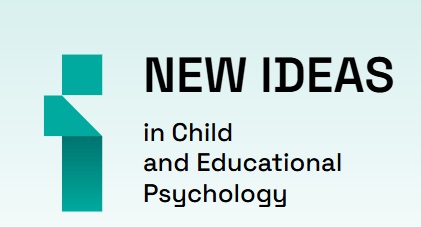Keywords
educational environment
Publications
Gilemkhanova E.N. (2019). Technique “Adolescence Socio-Cultural Safety Index. Moscow University Psychology Bulletin, 2, 164-183
Relevance. The proliferation of various destructions in the interaction between students (bulling, cyber bulling) demands to increase of their social and psychological adaptability. So, it is important to create a psychodiagnostic toolkit for identification of students at risk for exposure to violence for further psychological preventive work.
Objective. To develop a technique for assessing the individualized risks of the socio-cultural safety of the adolescent educational environment.
Methods. The theoretical development and psychometric verification of the author's technique “Adolescence Socio-Cultural Safety Index”. The study involved 3375 students (53% of girls, 47% of boys, 13-16 years old) from municipal schools of the Republic of Tatarstan.
Results. A priori and a posteriori models of the questionnaire were reconciled using structural equation modeling. The proposed model corresponds to the initial data on the main indicators of the consent indices (CMIN=4,272; df=1; p=0.39; GFI=0,999; CFI=0,995; RMSEA=0,033; Pclose=0,759). The article describes the psychometric characteristics of the technique: reliability, validity, discriminatory power. Convergent validityof the technique is assessed using the methods: Propensity for deviant behavior (A. Orel), Methods of assessing the collective psychological atmosphere (F. Fiedler), Questionnaire on aggressiveness by Bass-Dark, Test questionnaire of self-organization of activities by E. Mandrikova, Cultural Congruence Questionnaire (L. Bayanova). The statistical limits of norms are revealed. The possibility of using the technique in further research is evaluated.
Conclusion. The technique “Adolescence Socio-Cultural Safety Index” possesses the necessary psychometric characteristics that allow the use of the questionnaire to identify the risks of the student's educational environment.
Received: 03/10/2019
Accepted: 03/24/2019
Pages: 164-183
DOI: 10.11621/vsp.2019.02.164
Keywords: sociocultural safety;
educational environment;
virtual autism;
social and psychological vulnerability;
adolescents;
Available Online: 05/30/2019









